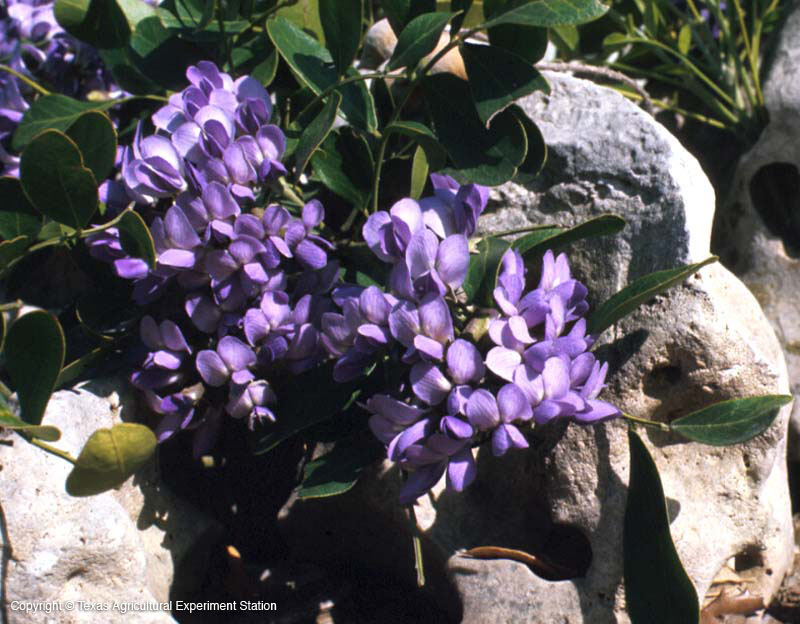Toxins you Might Encounter in your Spring and Summer Travels and Gardening
By Mary Young-Davis, Bexar County Master Gardener Intern
April 2024

Growing up as a pathologist’s daughter near the bayous in Central Louisiana, I quickly learned that plants can be both beautiful and dangerous to us and potentially to our pets.
With that early learning, I’ve noted some flowers and ornamental plants along with plants in fields and yards that we may encounter that have toxic properties.
WATER HEMLOCK
I first came upon water hemlock (cicuta maculata) with its beautiful umbel made of many small white flowers only to learn that all parts of it can be fatal and cause violent and painful convulsions.
DAFFODIL

Having planted bulbs in our yards last fall and with now with spring upon us, many of us will witness the beauty of our bulbs such as the daffodil (narcissus pseudonarcissus) with its vibrant yellow flowers. It’s important to realize that they naturally repel squirrels and rodents because the bulbs can cause both nausea and vomiting. One might take extra precautions to safeguard un-planted bulbs from pets who might easily eat them if not stored away safely for future planting.
LANTANA

A Texas native lantana (lantana urticoides) frequently fills many of our yards with its vibrant red, yellow, and orange flowers; however, its green berries can be fatal if repeatedly ingested due to its effects on the lungs, kidneys and the nervous system. Interestingly though, the roots below are believed to aid rheumatism and skin rashes. According to David Rodriguez, Texas A&M AgriLife Extension Horticulture Agent, most of the newer and better selections of lantana available are usually sterile selections. However, the older or native selections as well as most perennials should be cut back by about 1/3 when about 80% of the flowers are spent. This not only encourages more future blooms but minimizes the seed/berry potential.

OLEANDER
Known for its regal pink five-lobed flowers, the oleander (nerium oleander) is one of the most toxic ornamental garden plants and can be extremely toxic to both pets and small children. It affects the heart and digestive system and has been known to cause death in humans and animals.

TEXAS MOUNTAIN LAUREL
Gracing many of our gardens and streets throughout Bexar County in the spring, the mountain laurel (sophora secundiflora) produces dramatically beautiful drooping clusters of fragrant lavender flowers from its multi trunk shrub. But beware: the bright red poisonous seeds can be toxic when ingested.

BLACK NIGHTSHADE
Most often found in fields and thickets, nightshade (solanum nigrum) can be fatal when ingested causing both disturbances to the digestive and nervous systems. With star shaped and delicate white flowers, its fruit can be mistaken, especially by children, as a tiny tomato.

SAGO PALM
Finally, although not included in the Texas AgriLife Extension Service Poisonous Plant chart, many of us have sago palms (cycas revoluta) in our yards and by our pools. A cycad is only like a palm in that it is both a vascular and seed plant; the ASPCA’s Poisonous Plants list warns that its leaves and seeds are highly toxic and potentially fatal to dogs.
As Bexar County Master Gardeners and those who are passionate about gardening, we are naturally explorers and lovers of the natural beauty that we plant and gather. When equipped with knowledge and respect for the beauty of our plants, we can all safely enjoy this spring’s fields and gardens with friends, family, and pets.
